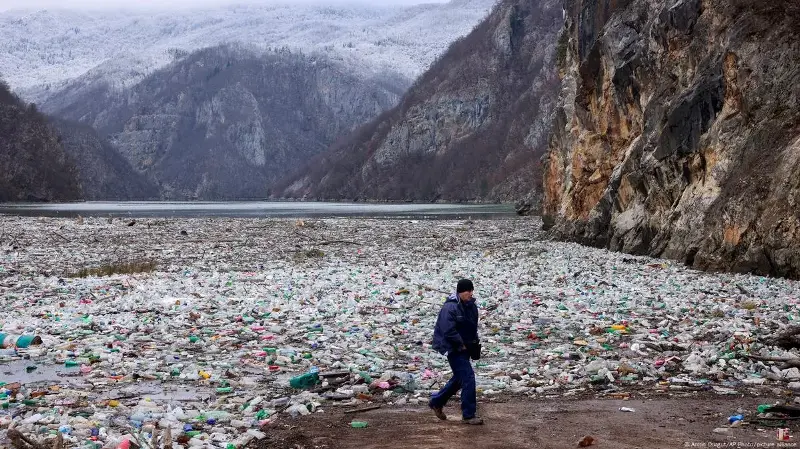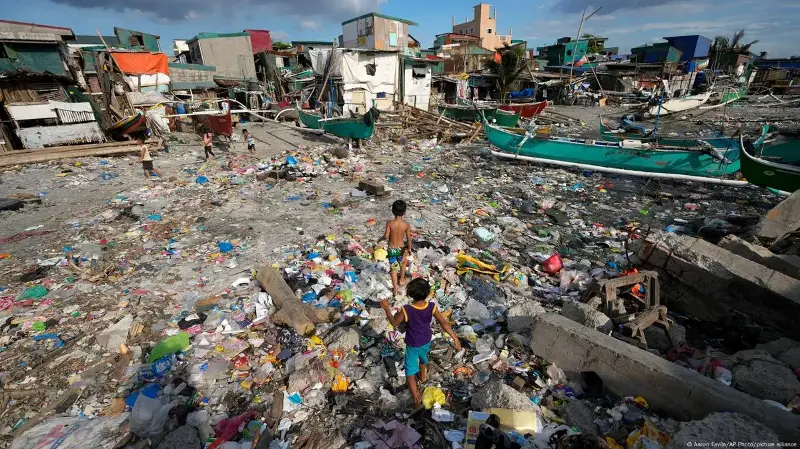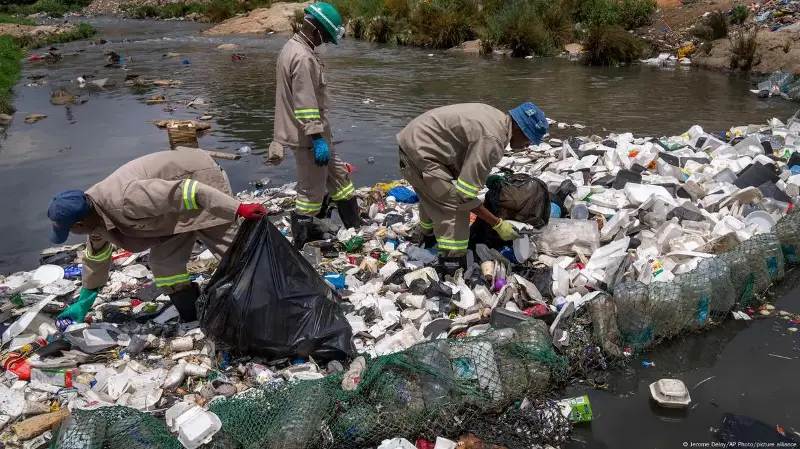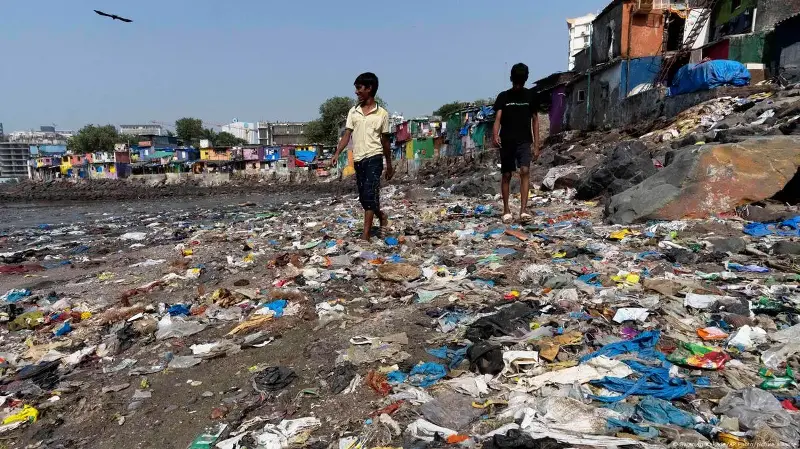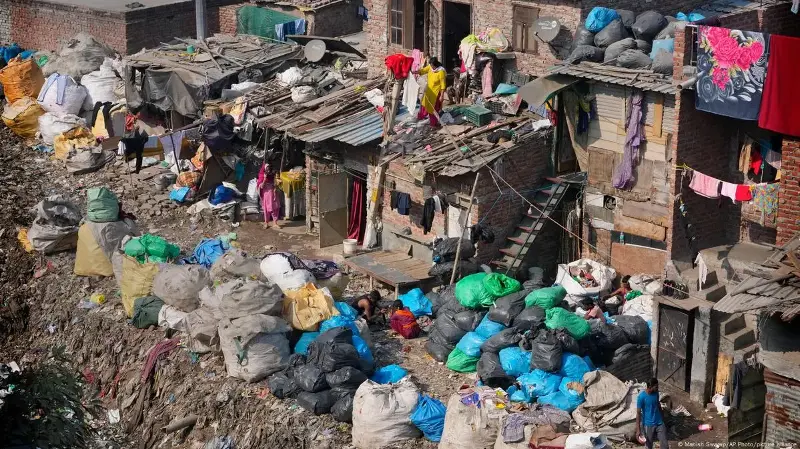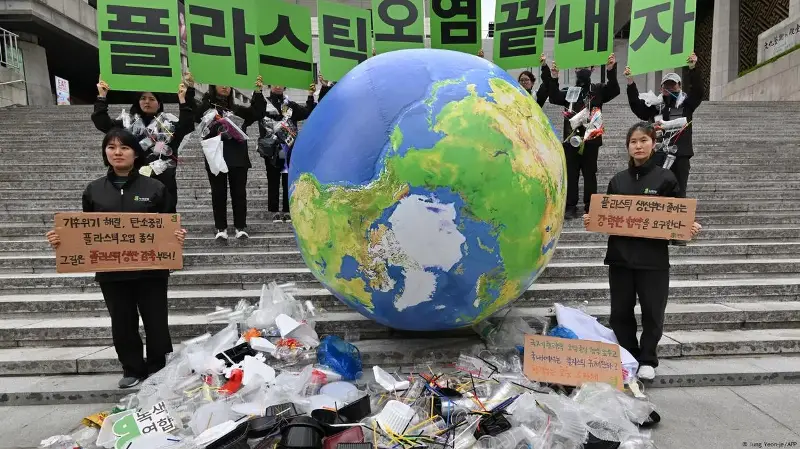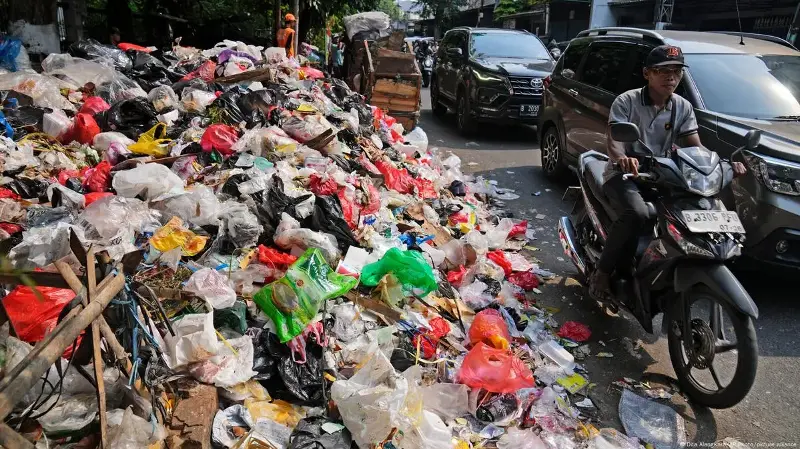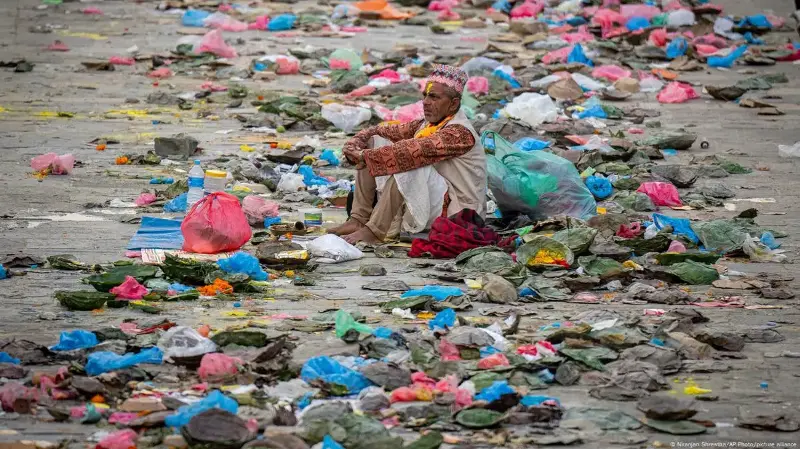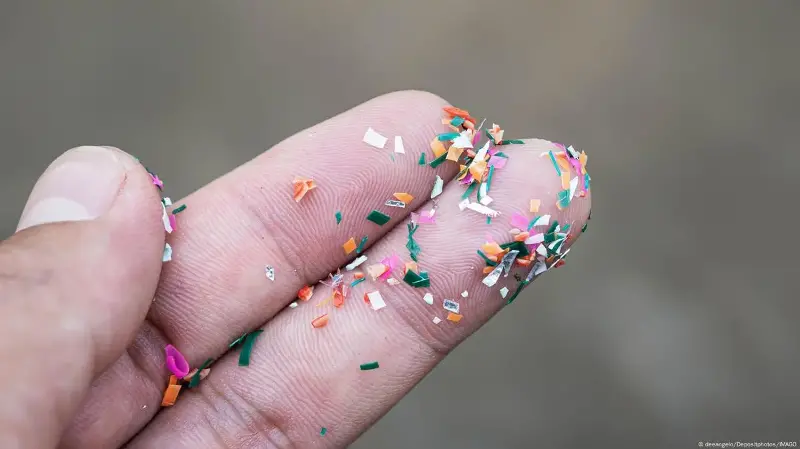
Microplastics are believed to disrupt photosynthesis — the biological process central to life on earth that provides the basis for global food chains as well as the oxygen we breathe.
The tiny shreds of plastics — often originating from the disintegration of larger plastic items — have found their way into the most remote corners of the planet and even human organs.
Now there is growing concern that these particles, once inside plant cells, can interfere with photosynthesis — the process by which plants convert sunlight, water, and carbon dioxide into energy in the form of sugars.
This may impede plant growth, with potentially serious consequences for food production and
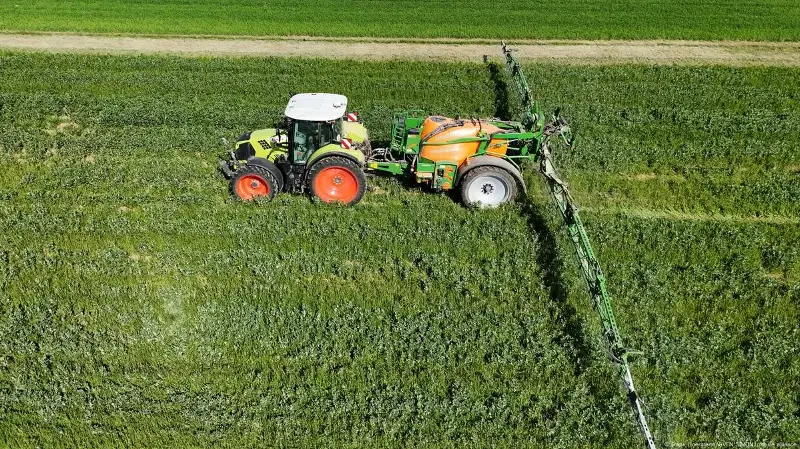
What impact could microplastics be having on food production?
Microplastics can reduce photosynthesis by up to 12%, according to an assessment led by a team of mostly China-based researchers. The study, published earlier this year in the Proceedings of the National Academy of Sciences, analyzed terrestrial crops, marine algae and freshwater algae.
Seafood yields could plunge 7%, and staple crops could see a loss of up to 13.5%, according to the study.
The scientists behind the paper warned this could leave hundreds of millions of people without reliable access to food. But cutting microplastic levels by just 13% could prevent nearly a third of photosynthesis loss, they found.
Still, Peter Fiener, a soil and water expert, warned that there isn't enough data to reliably project the paper's findings on a global scale when it comes to photosynthesis loss and the resulting impact on food production.
Microplastics are usually absorbed through soil when a plant sucks up water and other nutrients through its roots, Fiener told DW, adding if the particles are small enough they can pass into its cells.
To understand the impact microplastics are having on food production around the world you would "need to have a global map of the plastic contamination of our soils and we just don't have such a map," said Fiener, who is a professor at Augsburg University in Germany.
One of the biggest problems is the lack of data for the Global South, said Victoria Fulfer, a microplastics scientist at 5 Gyres, a US nonprofit tackling plastic pollution.
"The other issue is that microplastics are made up of hundreds of different polymers and thousands of chemical additives and so we obviously haven't been able to test as scientists the impact that all of these have on plants," said Fulfer.
While research into the impact of microplastics on plant growth is a very new field, it's "definitely something that we need to be concerned about and need to be focusing on," Fulfer told DW.
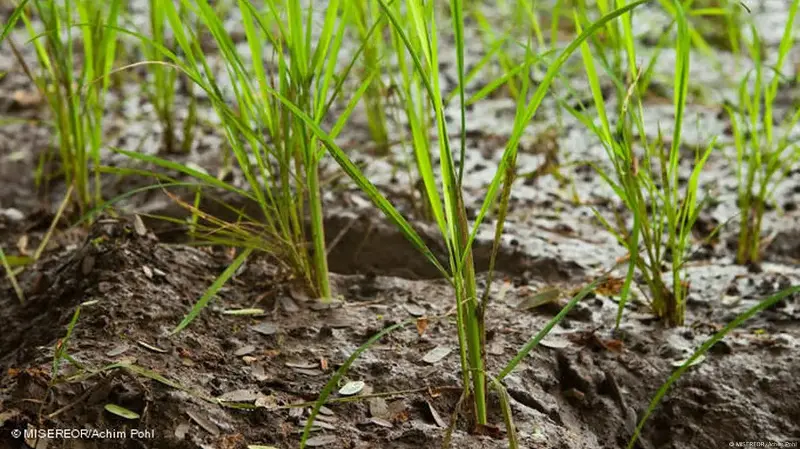
Where does microplastic pollution come from?
Microplastics absorbed by plants often come from tarps used to cover crops in agriculture and the spreading of fertilizers, said Fulfer. "But also microplastics are in our air and in our water."
Agricultural mulch films are often used to cover crops and boost growth. While they're meant to be biodegradable, many still contain chemical additives and microplastics. As they break down, these substances seep into the soil, said Winnie Courtene-Jones, marine biologist and plastic pollution expert at Bangor University in Wales.
Other sources include tiny fragments from car tires and fibers from clothing, which end up in sewage sludge later used as fertilizers.
"So we're adding them directly to these ecosystems where the plants and the crops are growing and once they're at that small level of microplastics and nanoplastics, it's very difficult to get rid of them," said microplastics scientist Fulfer.
Microplastics are usually defined as plastic pieces measuring between 1-5 millimeters, while nanoplastics are even smaller.
Once in the soil, they can disrupt water movement and nutrient breakdown, affecting the growth of plants and other small organisms, said Courtene-Jones.
Microplastics have been found throughout the human body and linked to a range of potential health problems, including strokes and heart attacks.
How are microplastics linked to climate change?
Plastics emit greenhouse gases through their production, transportation and also disposal. But Fulfer noted they may also impede climate change mitigation if they are reducing photosynthesis at scale.
"So we're going to be taking up less carbon, emitting less oxygen because of these microplastics, particularly in those blue carbon ecosystems, which are our mangroves and our seagrass beds and our marshes — these are really important for climate change," said Fulfer.
According to some estimates, mangroves and coastal wetlands store up to three to five times more carbon than an equivalent area of tropical forest.
In separate research published last year Courtene-Jones and colleagues documented reductions in photosynthetic efficiency in coastal plant species due to the combined impact of flooding and microplastics in their soil.
"I think there's the potential for microplastics to really exacerbate some of the responses that we're seeing to an already stressed system due to climate change," Courtene-Jones told DW.
She added that microplastics affect soil stability, which might result in greater levels of coastal erosion especially as climate change leads to heavier rainfall over shorter time periods.
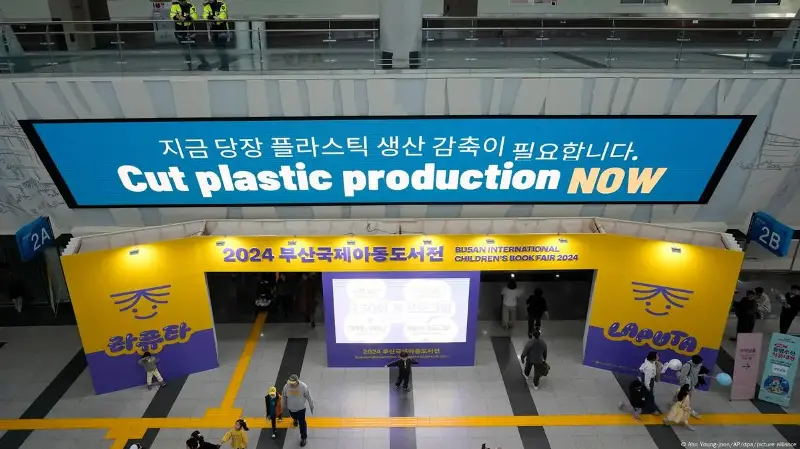
More plastic is being produced
While the full impact on food production remains unclear, microplastics in soil and crops will continue to accumulate without action, said expert, Peter Fiener. Recycling helps, he added, but cutting plastic production is even more critical.
In the past two decades, global output of new or virgin plastic has surged. It's projected to increase two or even threefold by 2050, potentially tripling associated global emissions. About 99% of plastics are made from fossil fuels, and just 9% are recycled.
This week, representatives from more than 170 countries are in Geneva, Switzerland, negotiating a binding treaty to curb plastic production and pollution.
When it comes to preventing microplastics from harming plants "the biggest thing is just turning off that tap and having better regulation on the amount of plastic that we're producing," said Victoria Fulfer of 5 Gyres.
Reducing plastic production was a sticking point in last year's stalled UN plastic treaty talks in Busan, South Korea, and remains a flashpoint in the Geneva negotiations.
Edited by: Jennifer Collins

